center island cooktop, Vented or non vented?
stang32
13 years ago
Featured Answer
Sort by:Oldest
Comments (16)
snoonyb
13 years agomacv
13 years agoRelated Professionals
United States Kitchen & Bathroom Designers · South Sioux City Kitchen & Bathroom Designers · Athens Kitchen & Bathroom Remodelers · Boca Raton Kitchen & Bathroom Remodelers · Fort Pierce Kitchen & Bathroom Remodelers · Gilbert Kitchen & Bathroom Remodelers · Lyons Kitchen & Bathroom Remodelers · Newberg Kitchen & Bathroom Remodelers · Cave Spring Kitchen & Bathroom Remodelers · Hercules Interior Designers & Decorators · Bremerton General Contractors · Enfield General Contractors · Erlanger General Contractors · New Carrollton General Contractors · Olney General ContractorsUser
13 years agoworthy
13 years agostang32
13 years agometaxa
13 years agobrickeyee
13 years agoMongoCT
13 years agomacv
13 years agometaxa
13 years agomacv
13 years agojeninadeshler_comcast_net
13 years agoideagirl2
13 years agocruzmisl
13 years agobrickeyee
13 years ago
Related Stories
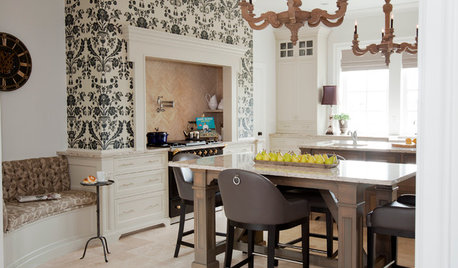
KITCHEN DESIGNKitchen of the Week: Updated French Country Style Centered on a Stove
What to do when you've got a beautiful Lacanche range? Make it the star of your kitchen renovation, for starters
Full Story
KITCHEN APPLIANCESFind the Right Cooktop for Your Kitchen
For a kitchen setup with sizzle, deciding between gas and electric is only the first hurdle. This guide can help
Full Story
KITCHEN DESIGNA Cook’s 6 Tips for Buying Kitchen Appliances
An avid home chef answers tricky questions about choosing the right oven, stovetop, vent hood and more
Full Story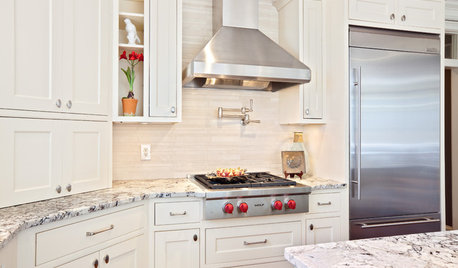
KITCHEN DESIGNHome Above the Range: Smart Uses for Cooktop Space
With pot fillers, shelves, racks and more, you can get the most function out of the space above your kitchen range
Full Story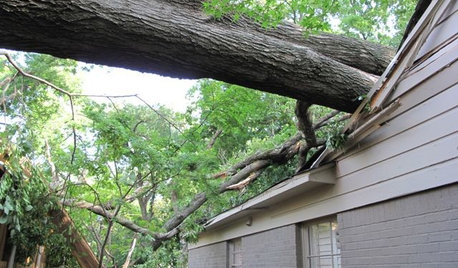
HOUZZ TOURSMy Houzz: Twister Damage Sparks a Whole Ranch Remodel
A Dallas couple transforms their traditional rambler into a bright, family-centered haven after a tornado
Full Story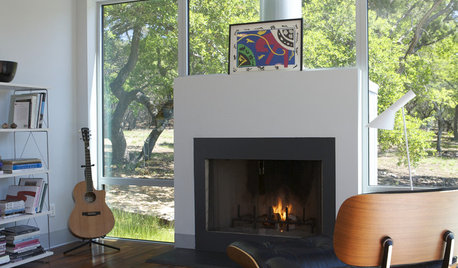
REMODELING GUIDESModern Metal Fireplaces Open World of Possibilities
Allowing way more natural light than traditional fireplaces, and with some not even needing a vent, metal fireplaces are a major improvement
Full Story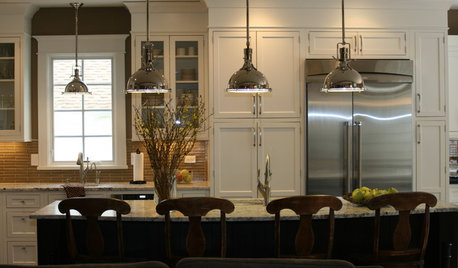
KITCHEN DESIGNKitchen Islands: Pendant Lights Done Right
How many, how big, and how high? Tips for choosing kitchen pendant lights
Full Story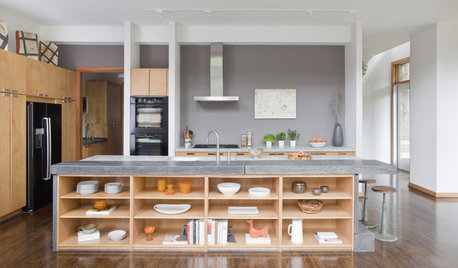
KITCHEN DESIGNHow to Design a Kitchen Island
Size, seating height, all those appliance and storage options ... here's how to clear up the kitchen island confusion
Full Story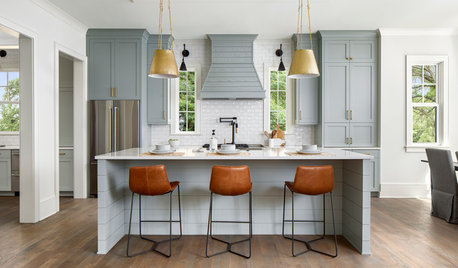
MOST POPULARHow Much Room Do You Need for a Kitchen Island?
Installing an island can enhance your kitchen in many ways, and with good planning, even smaller kitchens can benefit
Full Story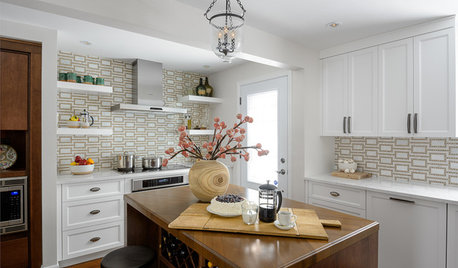
KITCHEN DESIGNKitchen of the Week: Hardworking Island in a Timeless Space
A new layout, tailored workstations and a rich mix of surfaces create a beautiful and functional family kitchen
Full Story





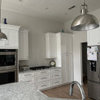
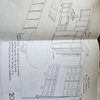

annzgw